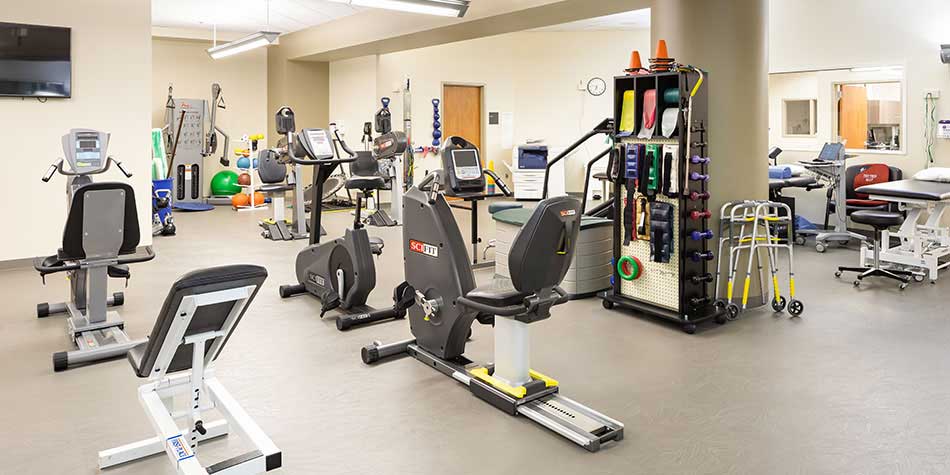Investigating the Varied Techniques of Physiotherapeutic Therapy for Enhanced Healing and Rehabilitation
Investigating the Varied Techniques of Physiotherapeutic Therapy for Enhanced Healing and Rehabilitation
Blog Article
Physical rehabilitation is an essential field that helps people heal from traumas, surgeries, and various health issues. It entails a variety of techniques designed to enhance movement, alleviate discomfort, and enhance overall physical capability. Physiotherapy therapists are trained experts who evaluate each client’s requirements and develop customized treatment plans. These programs often consist of workouts, hands-on therapy, and education about physical movements. By using these diverse techniques, physiotherapy can substantially improve a person’s standard of life.
One common method used in physiotherapy is therapeutic exercise. This includes specific movements and exercises that assist strengthen muscles, improve range of motion, and boost endurance. For instance, a client rehabilitating from knee surgery may engage in exercises that focus on restoring strength in the leg muscles. These activities are carefully chosen based on the patient’s status and goals. By incrementally increasing the difficulty and challenges of the exercises, physiotherapy therapists can help clients regain their strength and movement over a period.
Another important method is hands-on therapy, which comprises physical methods to adjust the body’s soft muscles and joints. This can entail stretching, mobilization, and massage. Manual therapy seeks to relieve discomfort, reduce swelling, and enhance circulation. For instance, a therapist may use gentle force to ease tension in tight muscle groups or to help a articulation move more smoothly. This technique is often combined with other treatments to improve recovery and encourage recovery. Patients often consider manual treatment to be a relaxing and beneficial way to manage their pain.
In furthermore to workouts and hands-on therapy, instruction plays a crucial part in physical. Practitioners teach clients about their conditions and how to handle them efficiently. This may include guidance on correct posture, physical mechanics, and strategies to prevent subsequent traumas. For instance, a practitioner might show a patient how to raise heavy items properly to avoid injuring their back. By enabling patients with understanding, physiotherapy practitioners help them assume an active part in their recovery and encourage long-term health and fitness.
Finally, technological advancements is increasingly being integrated into physical methods. Tools such as sonography, electrotherapy stimulation, and immersive reality can improve traditional treatment approaches. These technologies can assist alleviate pain, promote recovery, and provide interactive ways for clients to participate in their recovery. For example, virtual environments can create engaging settings for patients to rehearse movements in a safe plus secure environment. As advancements continues to develop, it offers exciting possibilities for enhancing recovery results in physical.
In conclusion, physiotherapy encompasses a range of methods that work in unison to support recovery and healing. Through therapeutic exercises, hands-on therapy, patient instruction, and the use of technological tools, physical therapists offer comprehensive treatment tailored to each patient’s requirements. This holistic method not only helps patients recover their physical capabilities but also empowers them to sustain their health in the long try this site future. As an increasing number of people acknowledge the advantages of physical, it continues to serve a crucial part in the pathway toward improved health and well-being.